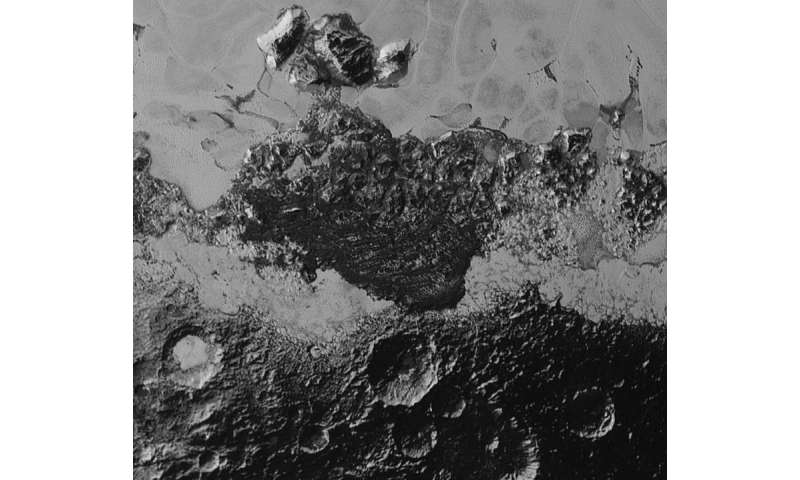
The New Horizons team has already begun searching for another KBO along the spacecraft's path, using photos captured by powerful instruments such as the Subaru Telescope in Hawaii. Related: New Horizons' Arrokoth flyby in pictures "Both of our main targets turned out to be scientific wonderlands - beyond our wildest expectations in both cases," Stern said. And its two lobes were likely once distinct objects, which came together in a gentle merger, mission team members have said. New Horizons' observations show that Arrokoth is a pristine and primordial object, a planetary building block left over from the solar system's very early days. The returns of this close encounter, the centerpiece of the probe's ongoing extended mission, were perhaps even more surprising than the Pluto data: The 22-mile-wide (36 km) Arrokoth looks like a flattened, reddish space snowman, with two distinct lobes. 1, 2019, performed its second close flyby, this time of a small KBO.ĭuring that New Year's Day encounter, New Horizons zoomed within a mere 2,200 miles (3,540 km) of Arrokoth, which was about 1 billion miles (1.6 billion km) beyond Pluto's orbit at the time. The probe studied its local environment, observed a number of Kuiper Belt objects (KBOs) from a distance and, on Jan. The observations made by the probe during this close encounter transformed Pluto from that fuzzy blob into a real place - and a stunningly diverse and interesting place at that, featuring towering water-ice mountains, bizarre "bladed terrain" and a giant nitrogen-ice plain that makes up one lobe of a now-famous "heart."Īfter the flyby, New Horizons continued to collect data about its surroundings, the ring of widely spaced, frigid bodies beyond Neptune's orbit known as the Kuiper Belt. New Horizons aced its highly anticipated flyby on July 14, 2015, zooming within 7,800 miles (12,550 km) of Pluto's frigid surface. The distant dwarf planet had been mysterious since Clyde Tombaugh discovered it in 1930, appearing as but a fuzzy blob in even the best photos NASA's Hubble Space Telescope could muster. New Horizons launched in January 2006, tasked with performing the first-ever flyby of Pluto. (For much more about the mission's tortuous history, read Stern and planetary scientist David Grinspoon's 2018 book, " Chasing New Horizons.")

Stern and his colleagues began developing a Pluto project in the late 1980s, but the $720 million mission didn't gain official approval until the early 2000s.
NASA NEWS ABOUT PLUTO FULL
New Horizons' journey has been three decades in the making, and it's full of twists and turns. (Image credit: NASA/Johns Hopkins University Applied Physics Laboratory/Southwest Research Institute/Roman Tkachenko) A very long journey The small Kuiper Belt object Arrokoth, as seen by NASA's New Horizons probe during its flyby on Jan.

Both are exploring interstellar space: Voyager 1 is currently about 152 AU from Earth, and Voyager 2 is nearly 127 AU from us. Pioneer 10 and 11 ceased operations years ago, but the two Voyagers remain active today, more than 40 years after launch. RTGs have powered most other NASA deep-space probes as well, including the four that crossed the 50-AU threshold before New Horizons did - Pioneer 10, Pioneer 11, Voyager 1 and Voyager 2.
NASA NEWS ABOUT PLUTO GENERATOR
New Horizons is powered by a radioisotope thermoelectric generator (RTG), which produces electricity from the heat emitted by the radioactive decay of plutonium-238. "So, we're kind of halfway into this mission, in terms of what's possible from an engineering standpoint." "We have power and fuel to go on into the late 2030s," said Stern, who's based at the Southwest Research Institute in Boulder, Colorado. Though it's been streaking through space for 15 years, the probe remains in perfect health, Stern said, and it could continue to study its exotic environs for many years to come. But there's plenty of reason to look ahead as well as back, because New Horizons is far from done.


 0 kommentar(er)
0 kommentar(er)
